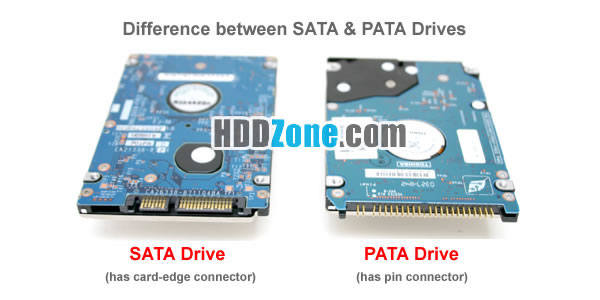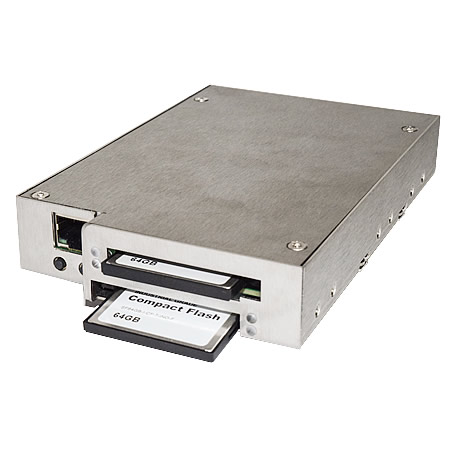Owing to the latest ‘work from home’ scenario due to the tragic global pandemic, every individual has been using their own assets- be it laptop or desktop and are thus confused of what type of secondary storage (ROM) should they opt out for. The two primary options available to consumers are HDD( hard disk drive) vs SSD(Solid State Drive) but they store data very differently. So, in this article we are going to point out the advantages and disadvantages of each type of drive, and help in deciding which type is right for you. Our guide shows you how each type of storage drive works and what it means for you.
Hard Disk Drive
It is an electro-mechanical form of data storage device which was first introduced by IBM in 1956. Since then it has been around for more than 60 years and is relevant till now with gradual increase in storage space and decrease in physical size. They have physical rotating disks or platters to read and write data.


How do HDDs work?
Hard disk drives consist of one or more magnetically-sensitive platters, an actuator arm with a read/write head on it for each platter, and a motor to spin the platters and move the arms. There is also an I/O controller and firmware that tells the hardware what to do and communicates with the rest of the system. A “head” moves over the platter, writing 0’s and 1’s as tiny areas of magnetic North or South on the platter. To read the data back, the head goes to the same spot, notices the North and South spots flying by, and so deduces the stored 0’s and 1’s.
Reading and Writing
Each time you ask your computer to retrieve or update data, the I/O controller tells the actuator arm where that data is located, and the read/write head gathers the data by reading the presence or absence of a charge in each address. If the request was to update the data, the read/write head changes the charge on the affected track and sector.
The time it takes for the platter to spin and the actuator arm to find the correct track and sector is known as latency.
The platters spin at preset speeds (4200 rpm to 7200 rpm for consumer computers). Those speeds correlate to read/write rates. The higher the preset speed, the faster a hard drive will be able to read and write data.
5400 RPM drives offer an average of 100 MB/s read and writes speeds while 7200 RPM drives deliver an average of 120 MB/s read and writes speeds.
Types of HDDs
HDDs are connected to systems by standard interface cables such as PATA (Parallel ATA), SATA (Serial ATA), USB or SAS (Serial Attached SCSI) cables. Most modern laptops use SATA hard drives, but some older units use IDE, SCSI and other interfaces.

That apart, the two most common form factors for modern HDDs are 3.5-inch, for desktop computers, and 2.5-inch, primarily for laptops.
Solid State Drive
An SSD (solid-state drive) is a type of nonvolatile storage media that stores persistent data on solid-state flash memory. It was first introduced by San Disk in 1991 as a 2.5 inch Serial ATA( SATA) drive with a 20 MB storage capacity. Two key components that make up an SSD are a flash controller and NAND flash memory chips. The architectural configuration of the SSD controller is optimized to deliver high read and write performance for both sequential and random data requests.

How do SSDs work?
Unlike a hard disk drive (HDD), an SSD has no moving parts to break or spin up or down. A spinning HDD reads and writes data magnetically, which is one of the oldest storage media in continuous use. The magnetic properties, however, can lead to mechanical breakdowns. An SSD, conversely, reads and writes the data to a substrate of interconnected flash memory chips, which are fabricated out of silicon. Manufacturers build SSDs by stacking chips in a grid to achieve varying densities. To prevent volatility, SSD manufacturers design the devices with floating gate transistors (FGRs) to hold the electrical charge. This allows an SSD to retain stored data even when it is not connected to a power source. Each FGR contains a single bit of data, designated either as a 1 for a charged cell or a 0 if the cell has no electrical charge.
Every block of data is accessible at a consistent speed. However, SSDs can only write to empty blocks.To get past this issue, SSDs can use over-provisioning, wear leveling or garbage collection methods. But still, SSD performance may slow over time. Wear leveling load balances flash cells, while garbage collection deletes stale files in the background of operation.
SSDs will use three main types of memory, single, multi and triple-level cells. Single-level cells can hold one bit of data at a time—a one or zero. Single-level cells (SLC) are the most expensive form of SSD, but it is also the fastest and most durable. Multi-level cells (MLC) can hold two bits of data per cell and have a larger amount of storage space in the same amount of physical space as SLC. However, MLCs have slower write speeds. Triple-level cells (TLC) can hold three bits of data in a cell. TLCs have a lower price, but slower write speeds and less durability.

Reading and Writing
Updating data is more complex for SSDs. All the data in a block must be refreshed when any portion of it is updated. The data on the old block is copied to a different block, the block is erased, and the data is rewritten with the changes to a new block.
Each time you ask your computer to retrieve or update data, the SSD controller looks at the address of the data requested and reads the charge status.
When the drive is idle, a process called garbage collection goes through and makes sure the information in the old block is erased and that the block is free to be written to again.
There is another process, called TRIM, that informs the SSD that it can skip rewriting certain data when it erases blocks. Because there are a finite number of times any block can be rewritten, this is an important process that prevents premature wear on the storage drive.
To further prevent wear on the drive, there is an algorithm to make sure that each block in the drive gets an equal amount of read/write processes. This process is called wear leveling and happens automatically as the drive is working.
Because the read/write process requires data movement, SSDs are usually overprovisioned with storage; there is always a certain amount of the drive that is not reported to the operating system, and not accessible to the user. This allows room for the drive to move and delete items without affecting the overall storage capacity.
Types of SSDs and Form Factors
The most common form factor is a 2.5-inch SSD that is available in multiple heights and that supports serial-attached SCSI (SAS), Serial Advanced Technology Attachment (SATA) and nonvolatile memory express (NVMe) protocols.



It is to be noted that the M.2 tag is just a form factor and not a separate version of SSD like SATA or PCIe. For example Samsung 860 evo 250 GB 2.5 inch drive is as fast asSamsung860 EVO 250 GB M. 2 drive.
Some solid-state cards use standard add-in card form factors like Peripheral Component Interconnect Express (PCIe) serial port card that resides on a printed circuit board. A PCIe-connected SSD does not require network host bus adapters (HBAs) to relay commands, which speeds the performance of storage. These devices include U.2 SSDs that are generally considered the eventual replacement for the miniSATA drives presently used in thin laptops.

Advantages and Disadvantages
As HDDs use mechanical parts used to read and write data, physically finding and retrieving data takes more time than electronically finding and retrieving data. Also the mechanical parts can skip or even fail if they are handled roughly or dropped. This is a concern in laptops, but not as much in desktops. HDDs are also heavier and use more energy than comparable SSDs.
Here SSDs come in handy. Since they do not have any moving parts, they deliver faster load times for games, applications, and movies. Because of the technology they use, SSDs are lighter and better able to withstand movement and physical drops. In addition, solid state drives use less energy, allowing computers to run cooler.
But hard disk drives are a proven technology and are frequently less expensive than solid state drives for the same amount of storage. Also the longevity of SSDs are quite less compared to HDDs as cells in SSDs decay each time data is erased and rewritten.
Which one you should buy?
Both the drives have their own set of advantages and disadvantages and even if it seems likely that SSDs are going to rule as secondary storage units, having the best of both worlds combination is probably the smartest option right now. Having a 1TB HDD+ 128 GB SSD/ 1TB HDD+ 256 GB SSD is by far the best economical as well as performance wise option for an individual as it provides ample storage for data libraries like films, songs, pictures and applications in the HDD while enabling faster booting and smooth running of softwares via SSD. Also having a laptop/desktop with an option for expanding/attaching SSD or HDD freely is also quite necessary.